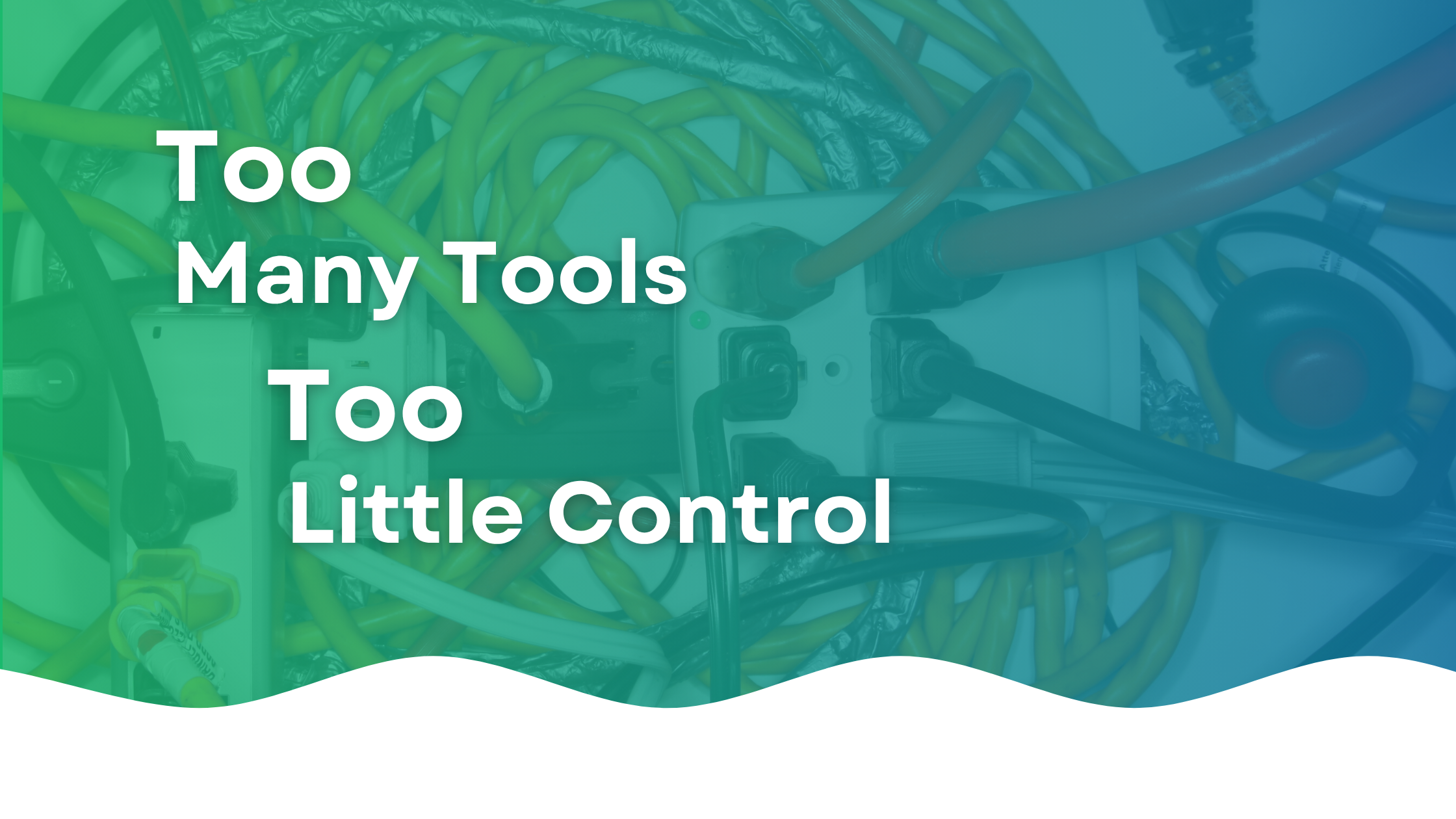


How fragmented systems silently eat away your efficiency? And what integrated operations can solve? In many growing businesses, success is often built on hustle, quick decisions, and a network of tools that worked well once upon a time. But as complexity increases, so do inefficiencies. Most companies don’t realize how deeply their everyday tools such as Excel files, emails, WhatsApp messages, desktop folders, and different departmental apps are holding them back.
In a typical project-based company working on Project A, the process kicks off when the Engineering team shares the initial Bill of Materials (BOM). This requirement is passed to the Purchase team via email, who in turn reaches out to the Stores department to check material availability. Based on the store's report, the Purchase team raises a material requisition—again over email. But while this communication is in motion, Stores unknowingly issues the same material to Project B, not realizing that this stock was meant to be reserved for Project A. Soon after, Engineering revises the BOM, but the update is neither tracked centrally nor communicated effectively. Meanwhile, the Project Manager is left scrambling, trying to present progress to management without having a clear picture of current stock, updated requirements, or the real-time cost impact of materials. With key departments working in isolation on emails, spreadsheets, local files, and WhatsApp chats, information gets fragmented, coordination suffers, and project timelines take a hit.
It’s not about adding yet another app. It’s about connecting your people and data into one system. It’s about working together, not just working separately. That’s the role of ERP systems. They unify operations and bring transparency. But before picking an ERP, you must ask:
If these make you pause — it’s time to evaluate your ERP readiness.
Let us know how we can help you in this!